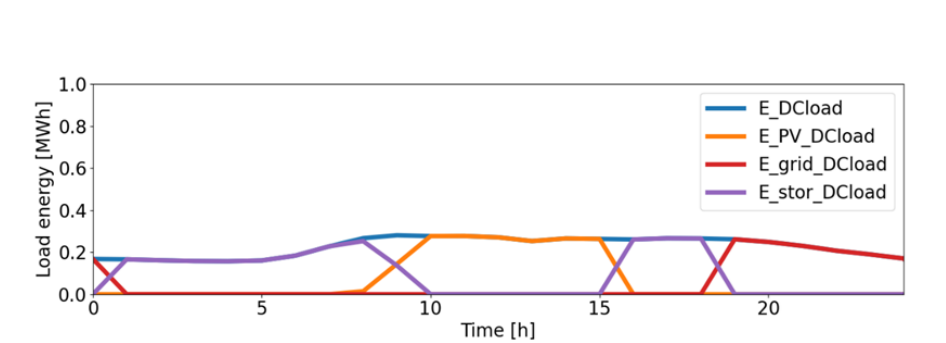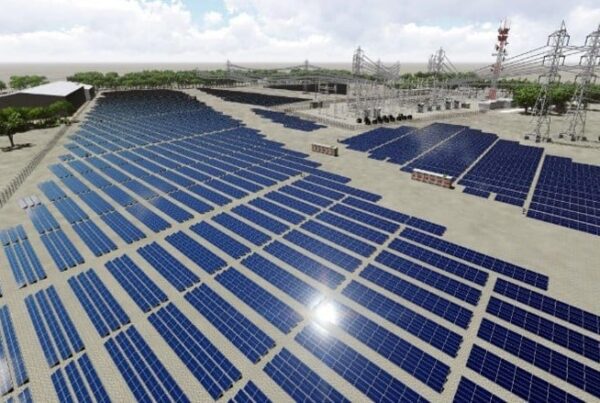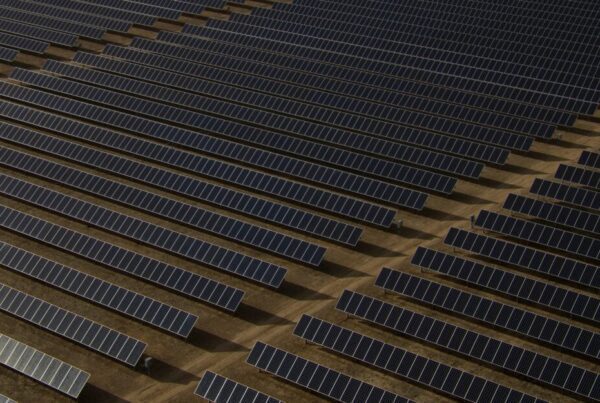The study, Provision of frequency related services from PV systems, argues that there will be a greater need for grid balancing systems in the future of the world’s energy mix, as energy demand changes, and that distributed solar is uniquely positioned to deliver power in this more variable environment.
“PV systems already today have the technical capabilities to provide various frequency related grid services,” wrote the report’s authors. “The transition from grid-following to grid-forming operation – already foreseen in upcoming revisions of selected grid-codes – will enable PV systems to provide the full set of frequency services, analogue to services today provided by rotating generators.”
‘Short response times’ for solar and storage
The report uses the example of the EU’s existing balancing mechanism to demonstrate the potential for distributed solar to help provide balancing services more effectively. At present, if there is a sudden change in the demand for a power grid, operators move through five stages of grid balancing, from a “self-regulation effect” and the use of a reserve supply of power, through to the use of a tertiary control reserve to use additional power stations to meet changes in demand.
It is notable, however, that these latter steps can take significantly longer than the earlier stages. The report expects the first stage of self-regulation to be completed within five seconds, but the final, fifth phase, can take as long as “a few hours”.
Earlier in the report, the authors note that distributed PV plants and battery energy storage systems (BESS) have “short response times”, which enables them to contribute to FFR systems, which are a key component of quickly meeting changes in demand among power grids.
Microgrids plus storage in Italy
The report uses a number of examples of energy grids from around the world to demonstrate the efficacy of distributed solar in overcoming these delays, with one example taken from Italy. In this case study, the grid is supported by an 800kW PV plant, paired with a 2.4MWh BESS, and the combination of these technologies helps the grid meet energy demand without burdening any one source of power.
For instance, over a 24-hour period, the grid’s energy output is met predominantly by the storage facilities, between the hours of midnight and 8am; and distributed PV, between the hours of 10am and 3pm, as shown in the graph below. This conforms to the understanding that PV plants are at their most productive during the middle of the day, and it is notable that the total energy load of the power grid does not vary considerably over the 24-hour period.

This phenomenon is illustrated further in the graphs below. The first graph shows how output from PV systems changes over the course of the day, peaking around noon, and the second graph demonstrates that storage facilities become more active in the evening, when electricity has been produced by solar systems, and is in need of storage, and those solar systems are no longer producing electricity.


Calls for new regulation
Looking ahead, the report’s authors also highlight how a wider adoption of distributed solar and storage systems could help minimise the impacts of lost inertia in the energy systems. This refers to times when a power plant is no longer actively driving turbines, but these turbines continue to move through momentum, the rotating mass of which provides inertia to help stabilise the grid during times when, for instance, a large power plant fails.
Instead of thermal power plants and their rotating mass, advanced inverters in solar PV and battery storage systems can provide this inertia, although to date has been seen in limited quantities and from large-scale assets.
However, the report notes that transmission system operators (TSOs) are looking to reduce the amount of inertia in their energy systems, and that system stability studies suggest that the time periods with lower levels of inertia have been “strongly increasing”, a phenomenon which will make a grid more reliable, but could remove a component of electricity generation.
“Thereto, it is especially in low inertia and inverter dominated power systems absolutely necessary, that any active power imbalance would be reduced as soon as possible by means of activating very fast active power reserves, such as Synthetic Inertia (SI) or FFR,” write the report’s authors, who call for new legislation to make the inclusion of such technologies, such as distributed solar, compulsory.
“They are currently not mandatory requested in grid codes, but in the current draft of the lately revised European grid code Requirements for Generators (RfG) from 2023 both requirements are foreseen for inverter coupled power stations with rated capacities exceeding certain limits,” write the authors.
This call from the IEA echoes a similar push for greater grid flexibility in Europe in particular, made by trade body SolarPower Europe earlier this year. In its Mission Solar 2040: Europe’s flexibility revolution report, the group found that greater implementation of flexibility measures across the continent could cut average day-ahead energy prices by 25% by the end of this decade.






